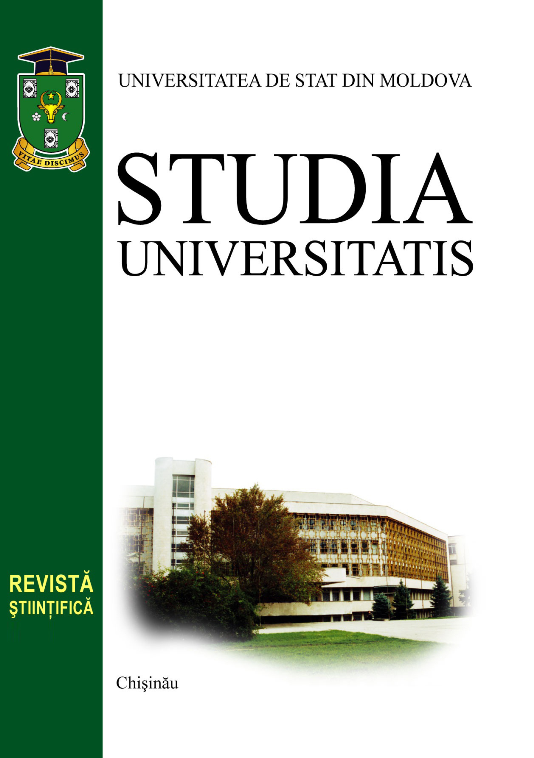EFECTUL TRATĂRII SEMINŢELOR DE SOIA CU SUBSTANŢE DE NATURĂ HUMICĂ ŞI FENOLICĂ ASUPRA CREŞTERII ŞI DEZVOLTĂRII SISTEMULUI RADICULAR
Ana BÎRSAN, Vladimir ROTARU*, Iurii SCUTARU**, Ana CUCER, Dăgălina BÎRSAN*** Catedra Biologie Vegetală *Institutul de Genetică şi Fiziologie a Plantelor al AŞM **Universitatea Tehnică de Stat a Moldovei ***Liceul Teoretic „Spiru Haret”
Rezumat
The radicular system has the ability to react to unfavorable environmental changes via morphological, structural and physiological modifications, feature defined as root plasticity. Changes in root plasticity, in response to environmental conditions were demonstrated in various agricultural crops. In order to highlight the effect of the humic and phenolic compounds on plants the reaction of different soybean genotypes has been studied. The radicular system parameters: the length of main root, the root volume, the root biomass, the number and biomass of the nodules formed by nitric fixing bacteria have been investigated. The analyses have been done at the stage of soybeen blossoming. The plans have been grown in optimal condition of cultivation. The chemical seed treatment has caused the reduction of fresh roots biomass of genotypes sensitive to drought (Licurici and Horboveanca), favouring the accumulation of biomass of bacterial nodules in the Licurici genotype and raising the number of nitric fixing formations in the Horboveanca genotype. Small concentrations of substances have increased the volume of radicular system and the root biomass, while higher concentrations did not affect the radicular system development in drought tolerant genotypes (Zodiac and S4-04). Administrating a combination of LG 1.0% and 0.05%OC substances favored the development of the soybean symbiotic system.


